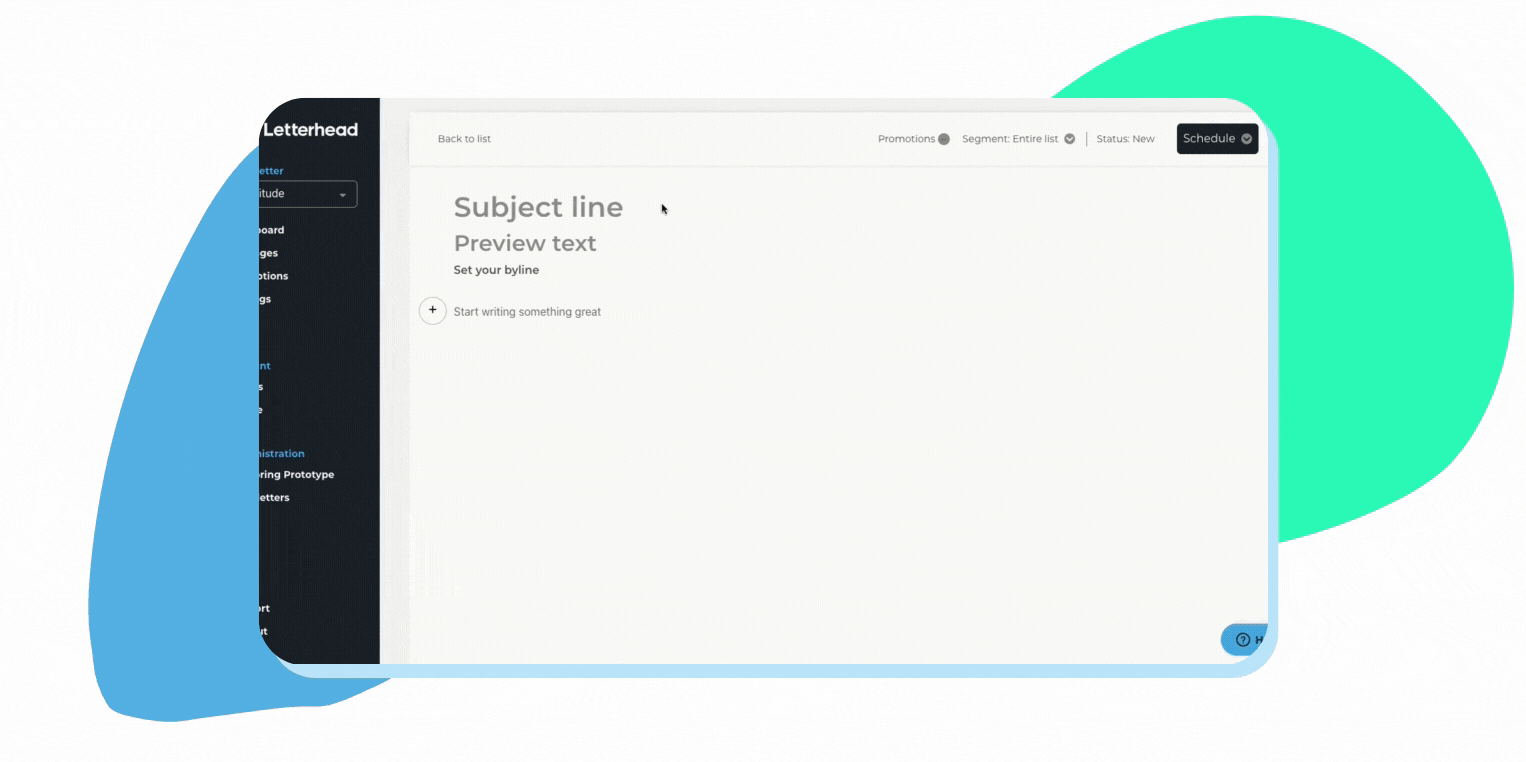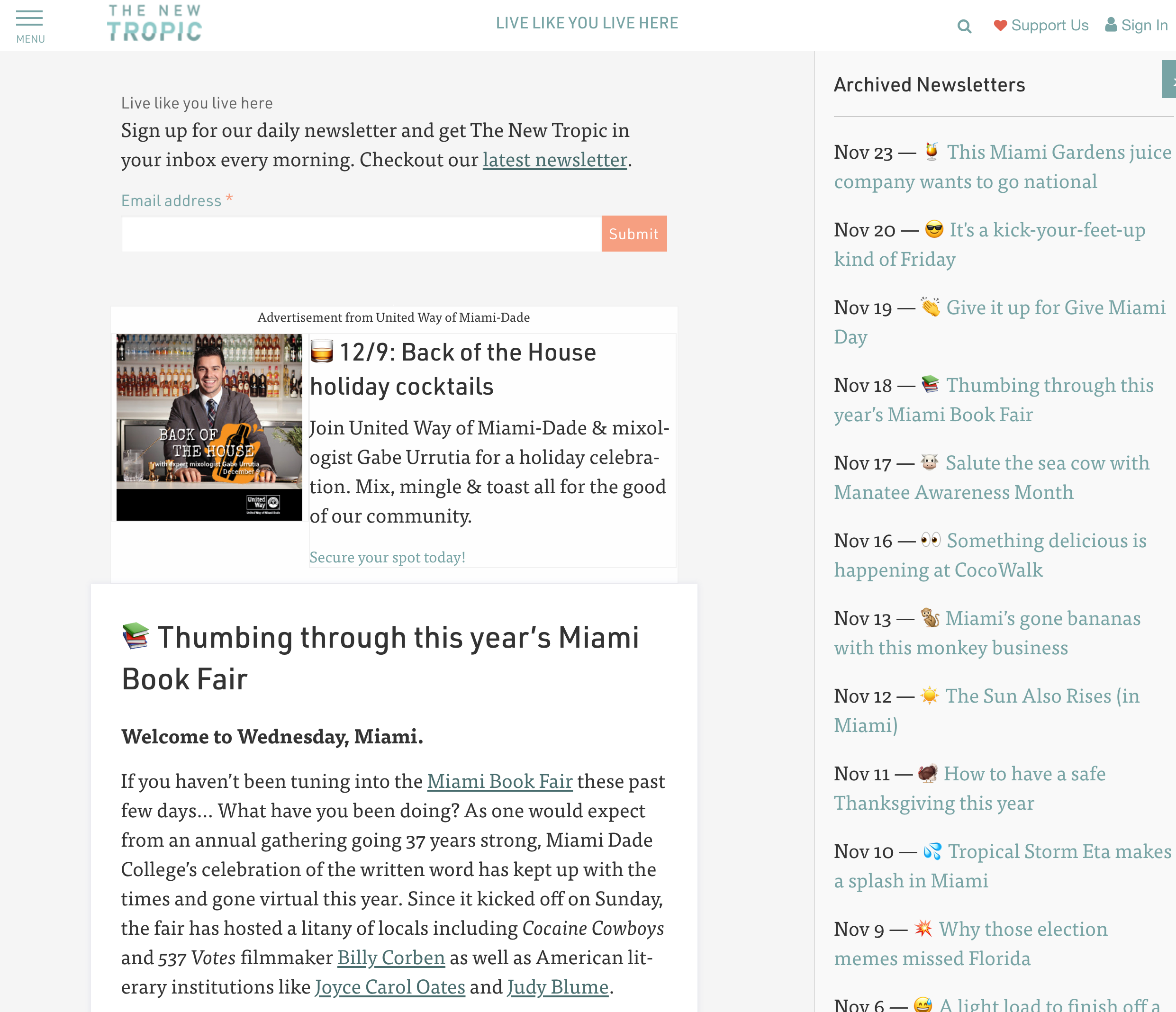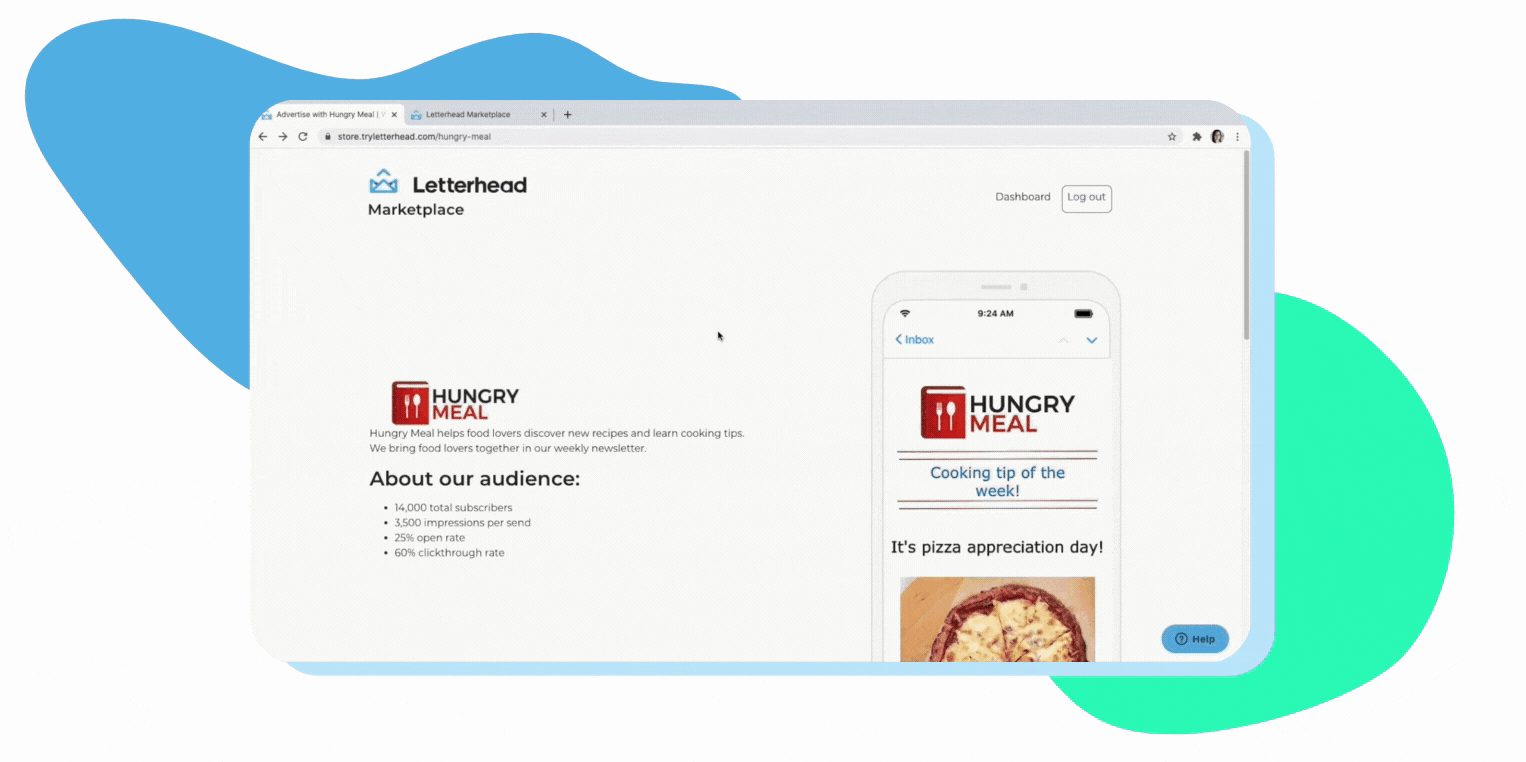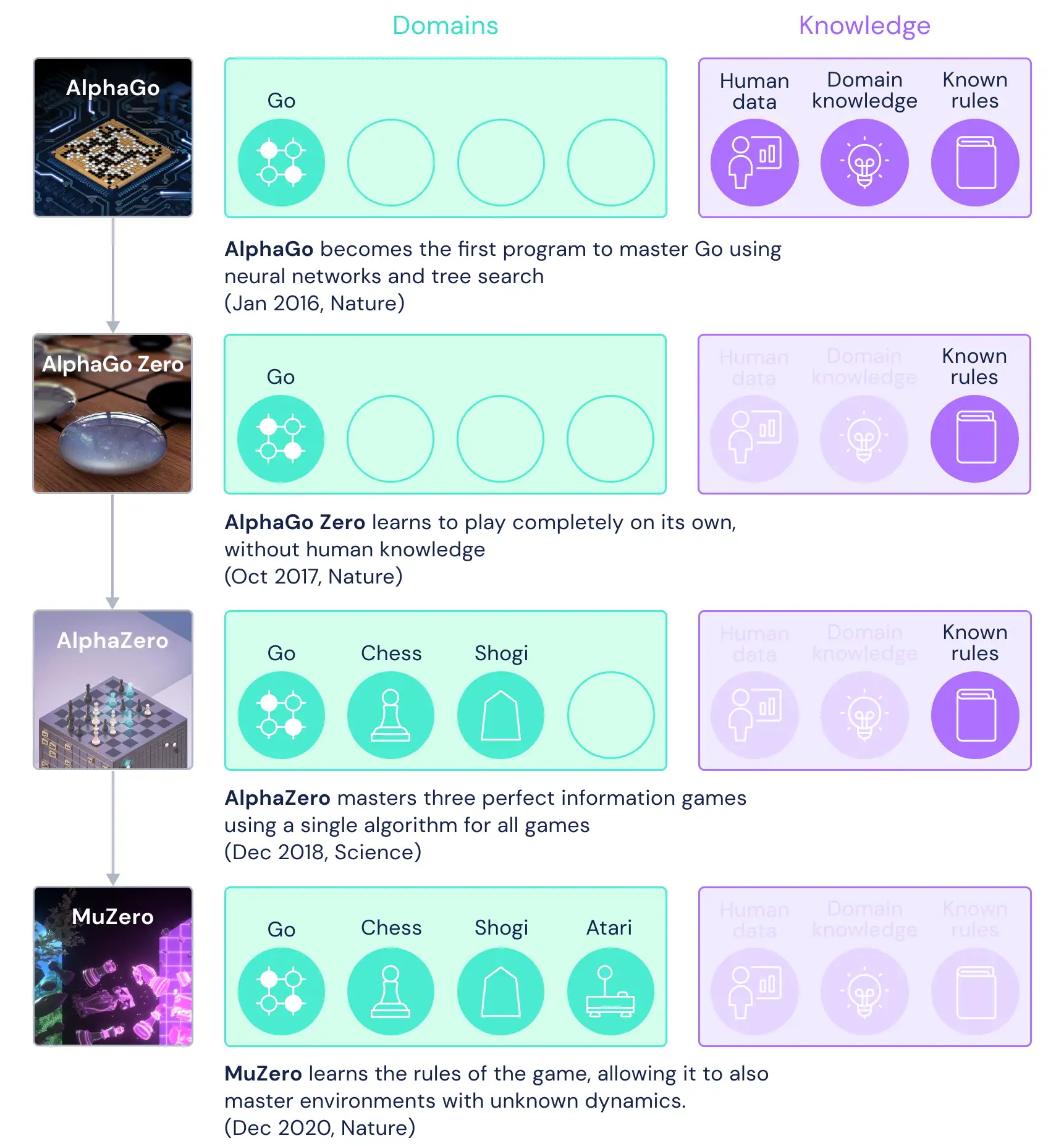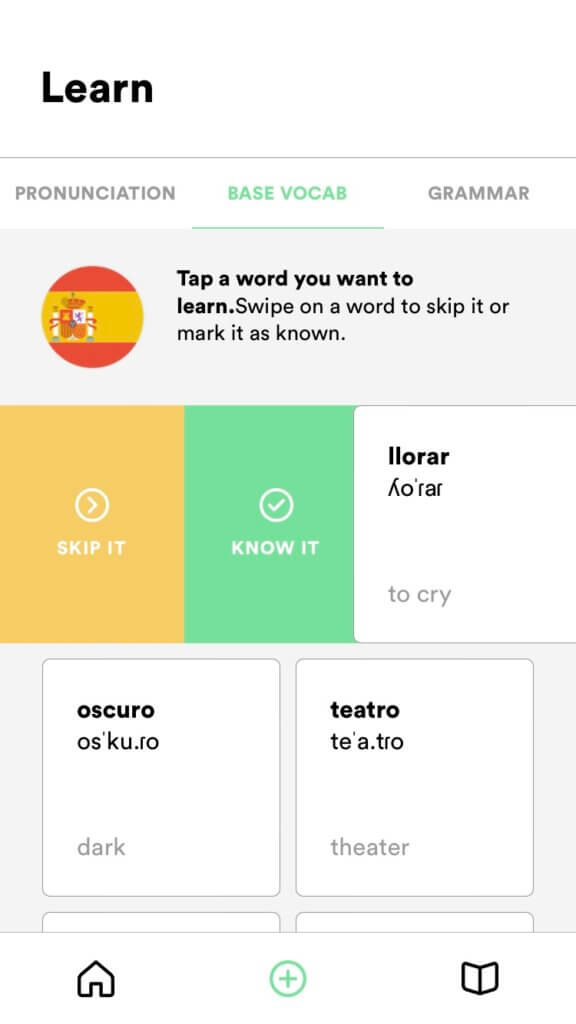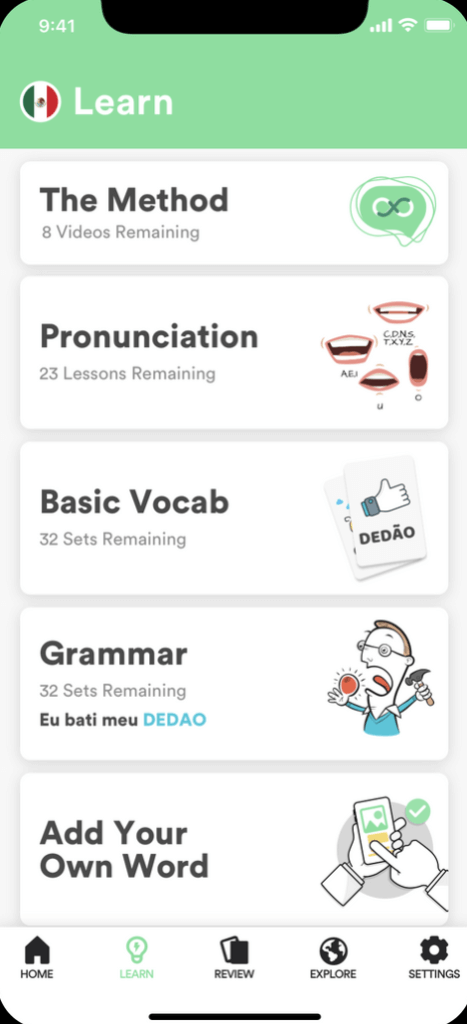- December 23, 2020
- by:
- in: Blog
Autonomous delivery company Nuro has acquired Ike, a startup founded by veterans of Apple, Google and Uber Advanced Technologies Group that aimed to commercialize self-driving trucks. The deal, the latest in a busy season of acquisitions and consolidation in the autonomous vehicle industry, brings together two companies that have deep ties and shared technology. And
Autonomous delivery company Nuro has acquired Ike, a startup founded by veterans of Apple, Google and Uber Advanced Technologies Group that aimed to commercialize self-driving trucks.
The deal, the latest in a busy season of acquisitions and consolidation in the autonomous vehicle industry, brings together two companies that have deep ties and shared technology. And while the two pursued different applications of autonomous vehicle technology — Nuro with local delivery and Ike on long-haul freight — their founders say there is a shared vision around logistics.
Financial terms of the deal were not disclosed.
Nuro is the giant in this relationship with a $5 billion valuation and more than 600 employees. Ike employs about 60 people, and as of last year had a post-money valuation of around $250 million, according to sources. However, the companies’ founders don’t describe this as the classic Silicon Valley acqui-hire. More than 55 Ike employees as well as its three founders will go over to Nuro, according to Alden Woodrow, Ike’s CEO who co-founded the company with Jur van den Berg and Nancy Sun.
It was clear opportunity to fulfill some of the principles that we founded the company for, Woodrow said, who also announced the acquisition Wednesday in a blog post on Medium.
Woodrow told TechCrunch that Ike still had runway, meaning it had the capital it needed to continue independently. Still, scaling an autonomous vehicle company into a commercial enterprise requires a pool of capital that extends beyond $52 million as well as partnerships. Ike did reach agreements this fall with DHL, Ryder and NFI to provide its technology to their respective fleets, but those were still in the early stages.
“I think it’s pretty clear just how incredible Ike’s team is and the quality of the tech that they built,” Dave Ferguson, Nuro’s co-founder and president told TechCrunch. “What is particularly compelling for Nuro is because Ike licensed Nuro’s tech stack a couple years ago, all of the tech that they’ve built is on top of that stack, there’s a shared DNA. The tech that they built is also something that we can very readily transfer over and almost plug and play into our system.”
Nuro is able to leverage the technology that Ike built and pull that into to own local delivery application as well as use it for potential future applications as well, Ferguson added.
What those future applications are is an unanswered question. Patent filings from Nuro show an array of ideas from delivering piping hot pizzas and lattes to smaller robots. With Ike’s team on board it’s possible that Nuro will expand beyond local delivery into other kinds of logistics applications like middle-mile delivery, an area that startup Gatik AI has gained attention for, or other trucking use cases. Ferguson was quick to note that Nuro’s local delivery bot called R2 is its first and primary product.
While Nuro might seem like the best home for Ike, sources told TechCrunch that the self-driving trucks startup had talked to at least one other autonomous vehicle company about a deal. The two sources added these weren’t advanced talks.
Founding story
The founders of the two companies don’t like to describe Ike as a spinout of Nuro. That might technically be correct, but their roots are intertwined.
Nuro was founded in June 2016 by former Google engineers Dave Ferguson and Jiajun Zhu. The startup was initially bootstrapped by Ferguson and Zhu, but by June 2017, the pair quickly raised $92 million A funding round with investments from Greylock, Banyan and gave NetEase founder Ding Lei (aka William Ding) a seat on Nuro’s board.
Meanwhile, van den Berg and Sun were both working at Apple’s special projects group when they left to join Otto, an autonomous trucking startup that was acquired by Uber in 2016. Woodrow, who was product lead of Google X’s Makani project, would also end up at Uber ATG by February 2017 as group product manager of its self-driving truck program.
By 2018, the last of Otto’s founders had left Uber and the self-driving trucks program was in free fall. Sun, Woodrow and van den Berg left Uber by spring 2018. A few months later, Uber shuttered its self-driving trucks unit to focus on autonomous cars.
The three initially worked out of Nuro’s office space, which was too small to accommodate the delivery bots and growing team. Sun’s VW camper van acted as Ike’s conference room in those early days. Sun, van den Berg and Woodrow collaborated with Nuro’s team closely for months before officially incorporating Ike in July, California and Delaware business records show. The company’s name Ike is a nod to former President Dwight D. Eisenhower and the U.S. interstate system he helped create when he signed the Federal Aid Highway Act.
The point of that initial collaboration was to figure out how to take what Nuro had built and apply it to a new use case in trucking. “This was an opportunity for us to head off in our own direction, and really focus on that while they continued to push forward on local delivery,” Woodrow said in a recent interview.
Ike would license Nuro’s technology, specifically the hardware designs, autonomous software as well as data logging, maps and simulation. In return, Nuro took a minority stake in Ike.
When Ike came out of stealth mode in October 2018, Nuro characterized its relationship with the new company as a partnership, where “we gave Ike a copy of our autonomy and infrastructure software and, in exchange, Nuro got an equity stake in Ike.”
Ike started small and took an understated approach to the task ahead. By February of 2019, Ike employed about 30 people and finally the capital to hire more following a $52 million in a seed and Series A funding round led by Bain Capital Ventures. Redpoint Ventures, Fontinalis Partners, Basis Set Ventures and Neo also participated in the round. Bain Capital Ventures partner Ajay Agarwal has joined Ike’s board.
Unlike others pursuing autonomous trucks, Ike’s founders said they in a blog post at the time that they weren’t pushing to have the first self-driving trucks on the road. Ike did garner a positive reputation in the industry for its systems engineering approach, motion planning and its simulation tool, according to several sources in the AV trucking world.
As Ike worked quietly, Nuro gained a higher profile thanks to a $940 million investment made by the SoftBank Vision Fund in February 2019. Nuro expanded its team to more than 600 employees and snagged a partnership in 2018 with Kroger to pilot a delivery service in Arizona. The pilot, which initially used Toyota Prius vehicles, transitioned to its R1 delivery bot. Nuro has also partnered with companies like CVS, Domino’s and Walmart. The company developed a second-generation vehicle, known as the R2, which is designed for local delivery service for restaurants, grocery stores and other businesses. The R2 received an exemption from the federal government earlier this year that allows it to operate as a driverless vehicle.
Investors weren’t done with Nuro. The COVID-19 pandemic delayed the plans of many Silicon Valley startups. But there have been bright spots, including the potential for local delivery. Nuro raised another $500 million in November with a post-money valuation of $5 billion. The Series C round was led by funds and accounts advised by T. Rowe Price Associates, Inc., with participation from new investors including Fidelity Management & Research Company and Baillie Gifford. The round also includes existing investors such as SoftBank Vision Fund 1 and Greylock.
What happens next
The two companies will begin integrating with a number of Ike engineers taking on more senior roles at Nuro. Woodrow will no longer be CEO and it’s unclear exactly what his new title will be. His job will likely focus on product development based on his past experience.
With Nuro focused on local delivery, Ike’s mission of commercializing trucks has been shelved, for now. That decision to turn towards local delivery seems counter to the public comments Ike’s founders have made on numerous occasions about their passion for trucks.
“Everything we eat, touch or have in our homes has probably been on a truck at some point in its life,” Sun said back in October at the TC Sessions: Mobility event. “You don’t really appreciate the immensity of the impact on our daily lives like trucking actually has.”
But Woodrow said for him and his co-founders it’s really about getting a product into the world and “fulfilling the promise of automation that many of us have worked on at a bunch of different companies for a number of years.”
“Ultimately, what this came down to was, we think Nuro is in an incredibly unique and really compelling position to fulfill that promise and to do it soon, and to do it at a very large scale,” Woodrow said. “And so that was really the driver of deciding to take their offer and move forward in this way.”


 Need to get someone’s attention fast? Honk them! They’ll get a notification to come to the chat. If it’s super important, you can spam the Honk button — that’s hard to miss.
Need to get someone’s attention fast? Honk them! They’ll get a notification to come to the chat. If it’s super important, you can spam the Honk button — that’s hard to miss.  With Magic Words, you can assign any emoji to any word or phrase, which automatically trigger effects as you type. It’s the best way to personalize your chats and bring them to life. Set up to 50 unique Magic Words per chat!
With Magic Words, you can assign any emoji to any word or phrase, which automatically trigger effects as you type. It’s the best way to personalize your chats and bring them to life. Set up to 50 unique Magic Words per chat! 